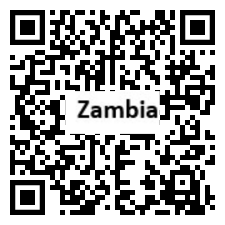Country Summary
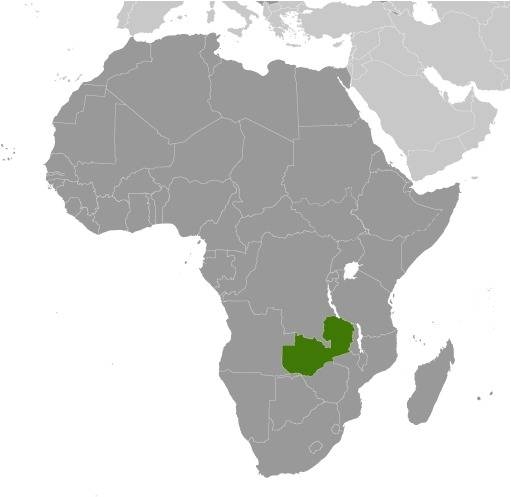
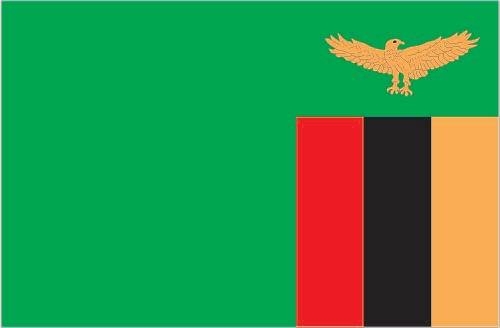
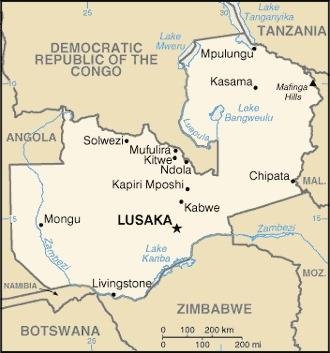
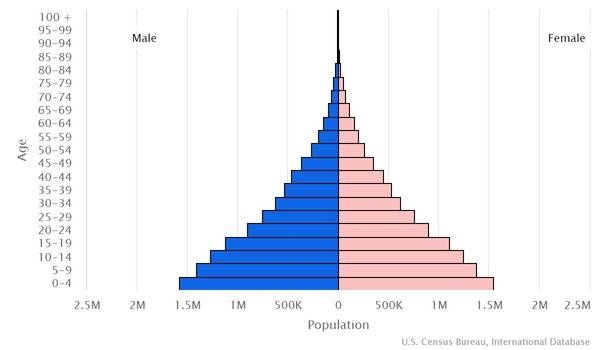
Introduction
Background
Multiple waves of Bantu-speaking groups moved into and through what is now Zambia over the past thousand years. In the 1880s, the British began securing mineral and other economic concessions from various local leaders and the territory eventually became known as Northern Rhodesia. The name was changed to Zambia upon independence in 1964.
Geography
Area
total: 752,618 sq km
land: 743,398 sq km
water: 9,220 sq km
Climate
tropical; modified by altitude; rainy season (October to April)
Natural resources
copper, cobalt, zinc, lead, coal, emeralds, gold, silver, uranium, hydropower
People and Society
Population
19,642,123 (2022 est.)
Ethnic groups
Bemba 21%, Tonga 13.6%, Chewa 7.4%, Lozi 5.7%, Nsenga 5.3%, Tumbuka 4.4%, Ngoni 4%, Lala 3.1%, Kaonde 2.9%, Namwanga 2.8%, Lunda (north Western) 2.6%, Mambwe 2.5%, Luvale 2.2%, Lamba 2.1%, Ushi 1.9%, Lenje 1.6%, Bisa 1.6%, Mbunda 1.2%, other 13.8%, unspecified 0.4% (2010 est.)
Languages
Bemba 33.4%, Nyanja 14.7%, Tonga 11.4%, Lozi 5.5%, Chewa 4.5%, Nsenga 2.9%, Tumbuka 2.5%, Lunda (North Western) 1.9%, Kaonde 1.8%, Lala 1.8%, Lamba 1.8%, English (official) 1.7%, Luvale 1.5%, Mambwe 1.3%, Namwanga 1.2%, Lenje 1.1%, Bisa 1%, other 9.7%, unspecified 0.2% (2010 est.)
Religions
Protestant 75.3%, Roman Catholic 20.2%, other 2.7% (includes Muslim Buddhist, Hindu, and Baha'i), none 1.8% (2010 est.)
Population growth rate
2.9% (2022 est.)
Government
Government type
presidential republic
Capital
name: Lusaka; note - a proposal to build a new capital city in Ngabwe was announced in May 2017
Executive branch
chief of state: President Hakainde HICHILEMA (since 24 August 2021); Vice President Mutale NALUMANGO (since 24 August 2021); note - the president is both chief of state and head of government
head of government: President Hakainde HICHILEMA (since 24 August 2021); Vice President Mutale NALUMANGO (since 24 August 2021)
Legislative branch
description: unicameral National Assembly (167 seats statutory, 166 seats current; 156 members directly elected in single-seat constituencies by simple majority vote in 2 rounds if needed, and up to 8 appointed by the president; members serve 5-year terms); 3 ex-officio members elected by National Assembly membership
Economy
Economic overview
lower middle-income Sub-Saharan economy; major copper exporter; high public debt is held mostly by China; systemic corruption; one of youngest and fastest growing labor forces; regional hydroelectricity exporter; extreme rural poverty
Real GDP (purchasing power parity)
$60.12 billion (2020 est.)
Real GDP per capita
$3,300 (2020 est.)
Agricultural products
sugar cane, cassava, maize, milk, vegetables, soybeans, beef, tobacco, wheat, groundnuts
Industries
copper mining and processing, emerald mining, construction, foodstuffs, beverages, chemicals, textiles, fertilizer, horticulture
Exports
$8.55 billion (2020 est.)
Exports - partners
Switzerland 29%, China 16%, Namibia 12%, Democratic Republic of the Congo 9%, Singapore 5% (2019)
Exports - commodities
copper, gold, gemstones, sulfuric acid, raw sugar, tobacco (2019)
Imports
$5.92 billion (2020 est.)
Imports - partners
South Africa 29%, China 14%, United Arab Emirates 12%, India 5% (2019)
Imports - commodities
refined petroleum, crude petroleum, delivery trucks, gold, fertilizers (2019)
Exchange rates
Zambian kwacha (ZMK) per US dollar -
Page last updated: Tuesday, December 13, 2022
